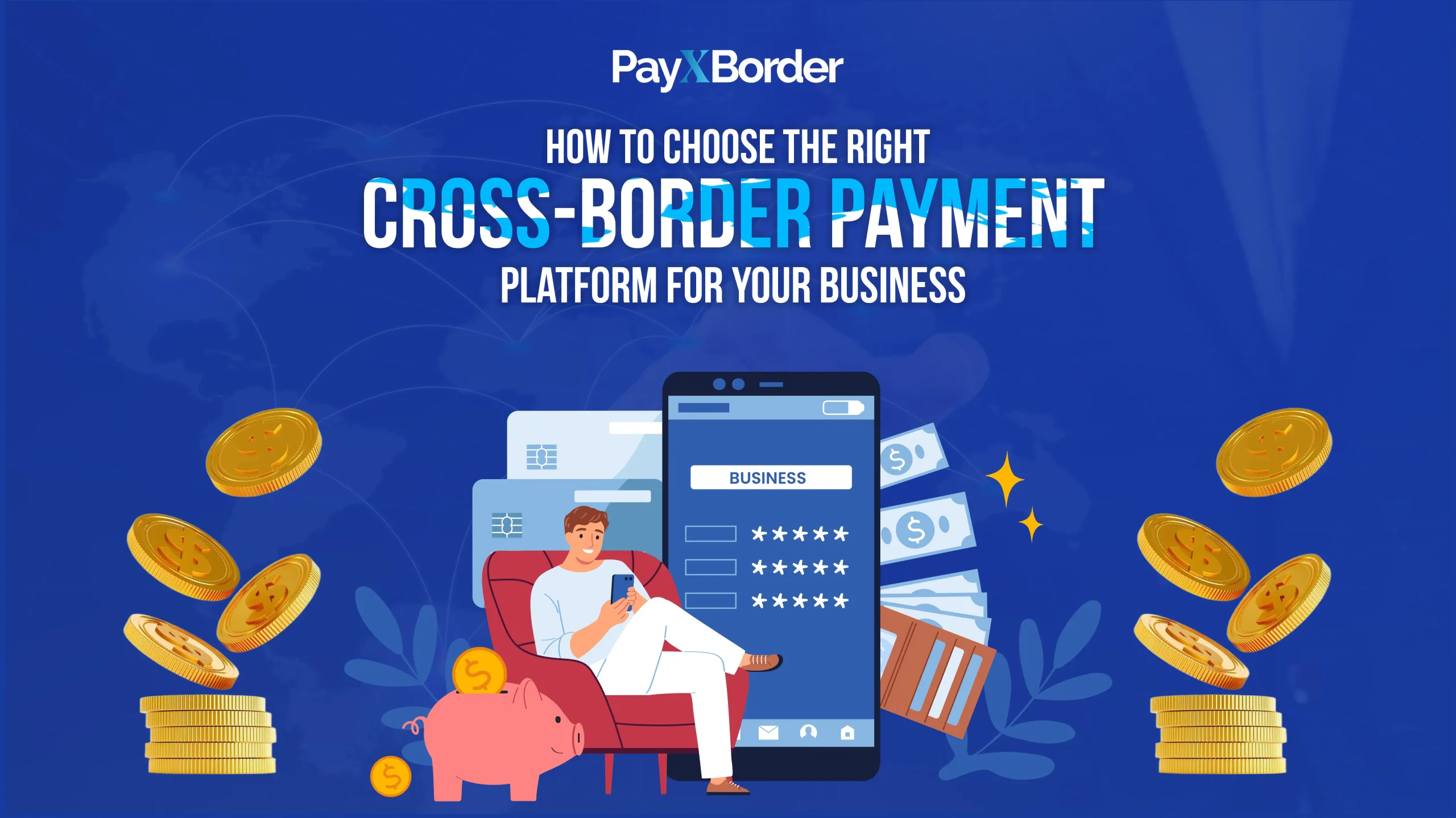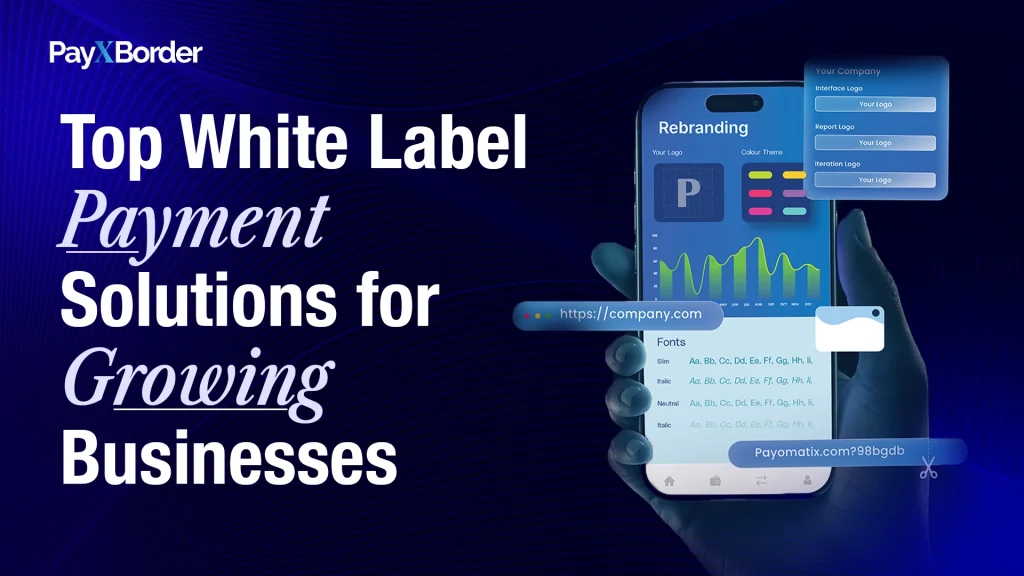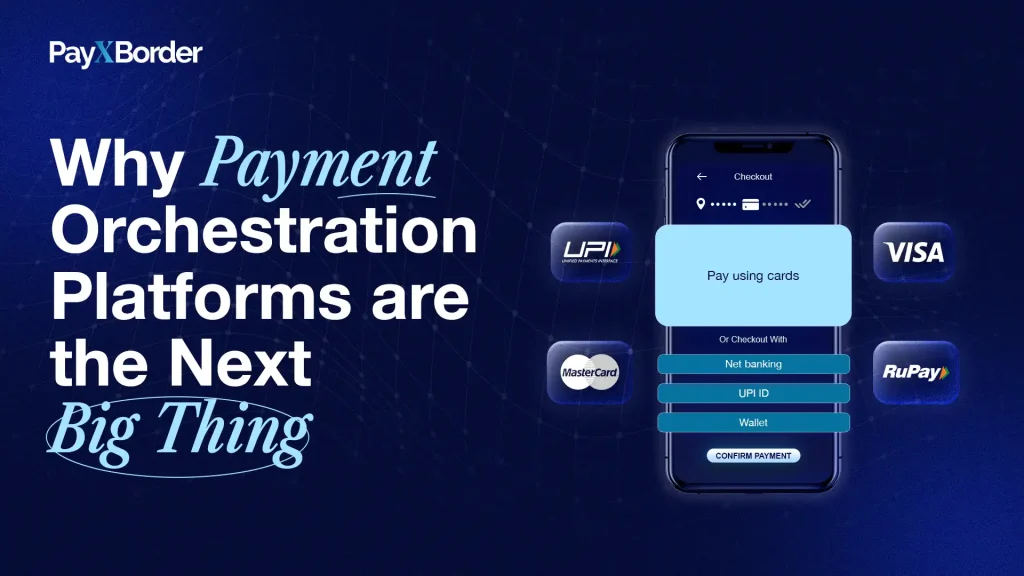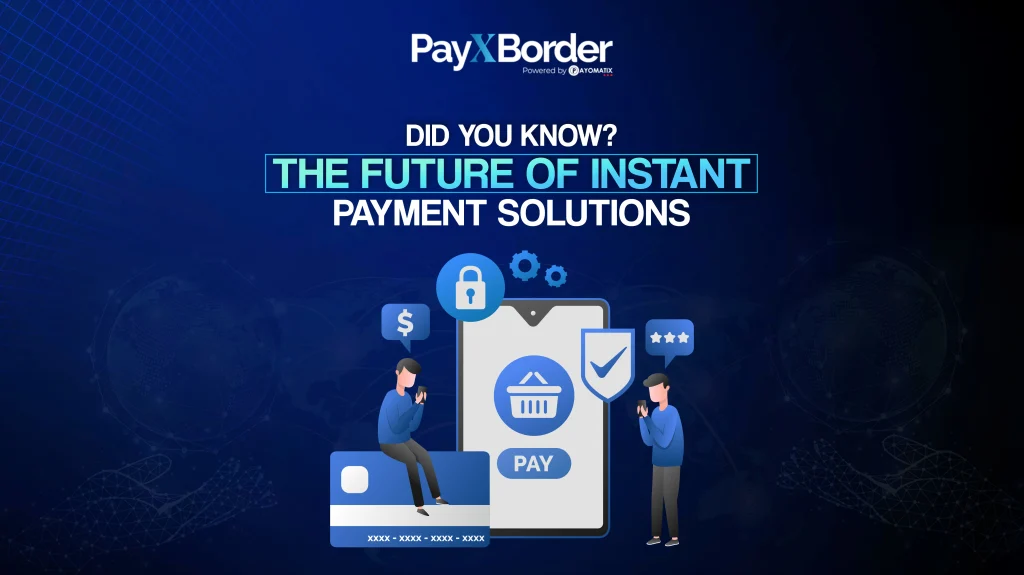© 2024 PayXborder by Payomatix. All rights reserved.
- Home
- Blogs
Your Trusted Partner for Cross Border Remittances
Expert Insights on Cross-Border Transactions, Global Remittances, and Secure Financial Solutions.

How to Choose the
Right Cross-Border Payment Platform for Your Business
In today’s interconnected global economy, businesses of all sizes are tapping into international markets for growth opportunities. However, expanding globally presents challenges, particularly when it comes to managing cross-border payments. Without the right payment platform, businesses can face high fees, long transaction times, and compliance headaches. To navigate these complexities, it’s essential to choose a cross-border payment platform that fits your business needs.
Why Cross-Border Payment Solutions Are Crucial
Cross-border payments involve the transfer of funds between parties in different countries. As global trade and e-commerce expand, businesses increasingly rely on international payments to maintain their supply chains, pay remote employees, or receive funds from customers abroad.
The right cross-border payment platform can streamline these transactions, ensuring faster payments, lower fees, and greater transparency. In contrast, choosing the wrong platform may lead to inefficiencies, lost revenue, and compliance risks.
Given the complexities of different currencies, regulations, and payment networks, selecting the right solution is critical for your business’s success in the global marketplace.
Key Factors to Consider When Choosing a Cross-Border Payment Platform
- Transaction Fees and Costs The cost of sending money internationally can vary significantly between platforms. Traditional banking methods tend to have higher fees and unfavorable exchange rates, making them expensive for small and medium-sized enterprises (SMEs). Look for platforms that offer competitive rates, with clear fee structures and low currency conversion costs. Be mindful of hidden fees, as they can erode your profit margins.
- Speed of Transactions Payment speed is a crucial consideration, especially when managing global supply chains or paying international freelancers and vendors. Some cross-border transactions can take days, while modern platforms offer near-instantaneous payments. The faster the payment process, the better your cash flow management.
- Currency Exchange Capabilities Conducting business in multiple countries means you’ll need access to various currencies. A robust payment platform should offer a wide range of supported currencies with competitive exchange rates. Consider whether the platform provides dynamic currency conversion, allowing you to lock in favorable rates.
- Regulatory Compliance and Security Cross-border payments are subject to different regulatory frameworks depending on the countries involved. A reliable payment platform will ensure compliance with these regulations, including anti-money laundering (AML) and know-your-customer (KYC) requirements. Furthermore, data security is paramount; look for platforms that prioritize encryption, fraud detection, and compliance with global payment standards (e.g., PSD2 in Europe).
- Integration and User Experience Your payment platform should integrate seamlessly with your existing accounting, e-commerce, or enterprise resource planning (ERP) systems. The easier the platform is to implement and use, the more efficiently your team can manage payments. Many platforms offer APIs for easy integration, reducing the complexity of automating payment processes.
- Customer Support and Global Reach Cross-border payments can be complex, and you may need help from time to time. Choose a platform that offers strong customer support, ideally with 24/7 availability and multilingual capabilities. Additionally, the platform should have a global reach, supporting payments in the countries and regions where your business operates or plans to expand.
Current Trends in Cross-Border Payments
- Blockchain and Cryptocurrency Solutions Blockchain technology is transforming the cross-border payments landscape by enabling faster, more secure, and cost-effective transfers. Cryptocurrencies like Bitcoin and stablecoins are becoming viable options for some businesses, offering instant settlement times and bypassing traditional banking systems.
- Digital Wallets and Mobile Payments The rise of digital wallets such as PayPal, AliPay, and WeChat Pay has made it easier for consumers and businesses to make international transactions. These platforms offer a seamless user experience and enable cross-border payments with minimal fees, making them particularly appealing for e-commerce businesses.
- Expansion of Real-Time Payment Systems Countries are increasingly developing real-time payment systems (e.g., SEPA Instant in Europe, Faster Payments in the UK) that allow instant transactions across borders. Platforms that support these systems can offer significant advantages in terms of speed and liquidity management.
Challenges in Cross-Border Payments and Potential Solutions
- Regulatory Complexity Navigating different regulations across multiple jurisdictions is one of the biggest hurdles for businesses engaged in cross-border trade. This challenge is particularly acute in industries like finance and e-commerce, where compliance is heavily regulated. The solution? Work with a payment platform that is deeply knowledgeable about international regulations and has built-in compliance mechanisms to simplify the process for you.
- Fraud and Cybersecurity Risks The global nature of cross-border payments opens up risks for fraud and cyber-attacks. To mitigate these risks, choose a platform that employs advanced security measures, including multi-factor authentication, tokenization, and real-time fraud monitoring.
- Foreign Exchange Volatility Currency fluctuations can have a significant impact on the value of cross-border transactions. To combat this, look for platforms that offer hedging options or allow you to lock in exchange rates, reducing the uncertainty caused by FX market volatility.
The Future of Cross-Border Payments: What’s Next?
As global trade continues to grow, the demand for faster, cheaper, and more secure cross-border payment solutions will only increase. Emerging technologies like artificial intelligence (AI), blockchain, and improved APIs are expected to play pivotal roles in making international payments more efficient.
Businesses will need to stay informed about these developments to remain competitive. Platforms that can adapt to these changes will be well-positioned to help companies navigate the challenges of cross-border payments in the future.
Conclusion: Making the Right Choice
Selecting the right cross-border payment platform for your business is essential for successful international growth. By considering factors such as transaction costs, speed, currency exchange, and compliance, you can choose a solution that meets your needs and provides a competitive edge.
To stay ahead in an ever-changing landscape, keep an eye on emerging trends like blockchain, digital wallets, and real-time payments. These innovations will shape the future of cross-border commerce and offer new ways to streamline your global operations.
Call to Action:
If you’re ready to enhance your international payment capabilities, explore PayXborder, a cutting-edge platform designed to meet the unique needs of global businesses. Stay informed on the latest trends by subscribing to our newsletter, and make sure your business is prepared for the future of cross-border payments.







